Chances are anyone who has taken a basic Florida history course in the last 50 years is familiar with the 1945 book Florida Under Five Flags by historian Rembert W. Patrick (1909-1967). The 5th Edition is available even today from the University of Florida Press.
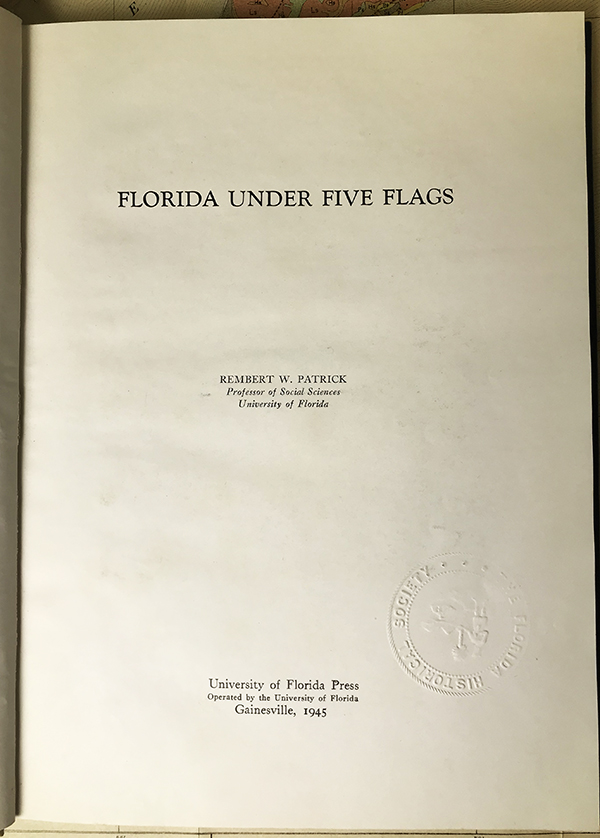
A much earlier edition is in the collection of the Library of Florida History in Cocoa. There is a good reason the book has become a standard for kids learning Florida history, even though it turns out there are a lot more than 5 flags. The flags form a nice visual backbone for the story arc since the arrival of Europeans.
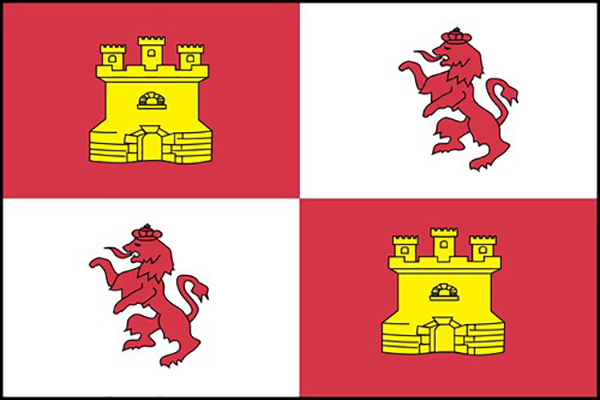
It appears Spain did not have a national flag when Juan Ponce de Leon waded ashore in 1513, so he likely waved the Castle and Lion flag showing his loyalty to King Ferdinand.
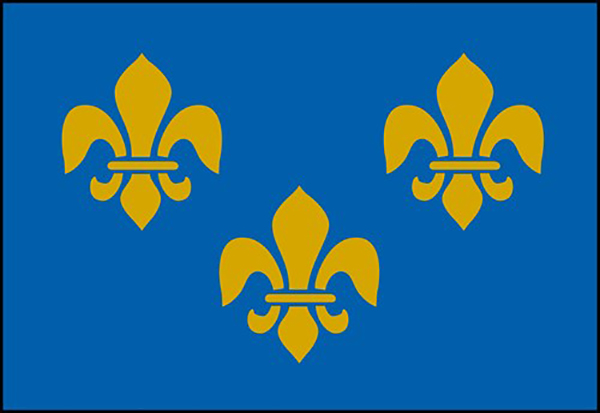
Then came the French flag which waved over Fort Caroline (https://www.nps.gov/timu/learn/historyculture/foca.htm) for their brief and ill fated shot at power in 1564-65.
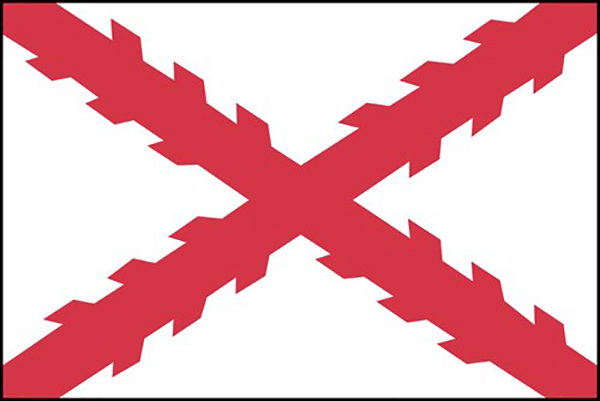
For almost the next two hundred years the colony was under the Burgundian Saltire, or Cross of Burgundy, a design established as one of Spain’s national flags by Charles I in 1516.
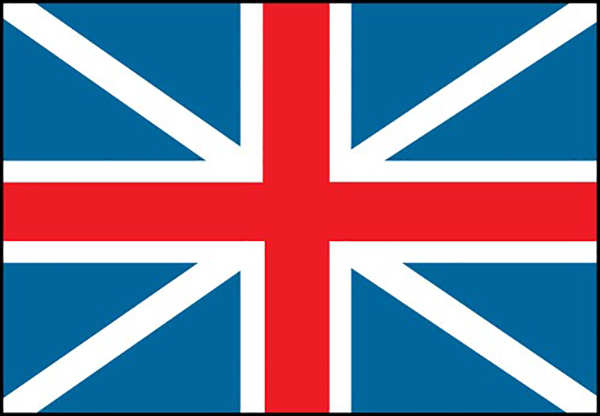
The Union Jack arrived in 1763 when Great Britain was on the winning side of the Seven Year War, known as the French and Indian War to most Americans. The colonies (West Florida and East Florida) were beginning to hit their developmental stride when England ended up on the losing end of the American Revolution and dealt away Florida rather than go to war with Spain over Gibraltar.
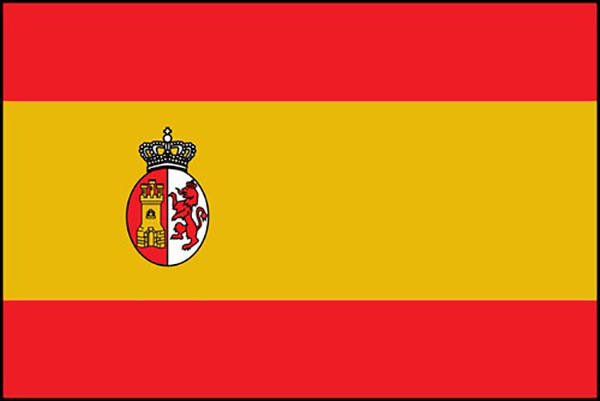
The Union Jack came down and a Spanish flag went up in 1874, and the following year this new Spanish flag, created by Charles III took pride of place.
One could argue the next ‘real’ international flag to fly over Florida was the 1821 version of the U.S. flag, but that argument would likely not go down well with the various, shall we say ‘pseudo,’ governments that declared sovereignty over at least portions of the territory for various lengths of time during this ‘second Spanish period.’
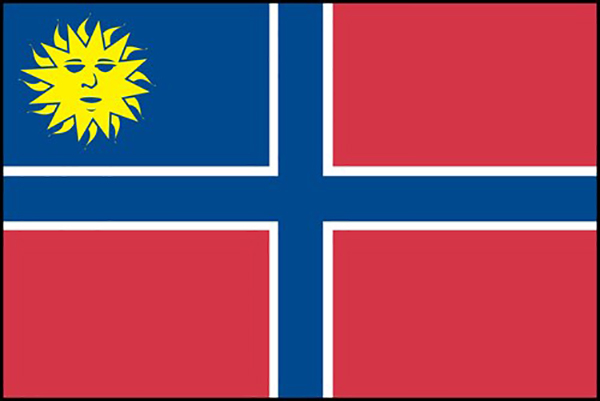
For example, when a meeting of Creeks and Seminole elected English adventurer William Bowles Director General of their new State of Muskogee in 1799 in the area near Tallahassee, one of the first things he did was design and run up this flag, sort of a reverse mix of the Union Jack with a hint of the Stars and Stripes. The Spanish took the flag down and threw him in a Havana prison in 1803.
That was a good run compared to some of the other flags.
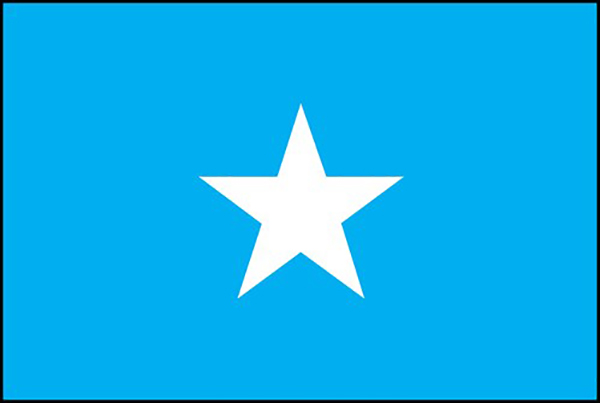
The banner for the self proclaimed Free and Independent State of West Florida (way west- below the 31st parallel between the Pearl and Mississippi Rivers- basically Louisiana) got to flutter in the Gulf breeze from September 23 to Dec. 6, 1810. The design got to fly again as one of the early flags of the Confederacy (look up “The Bonnie Blue Flag”).
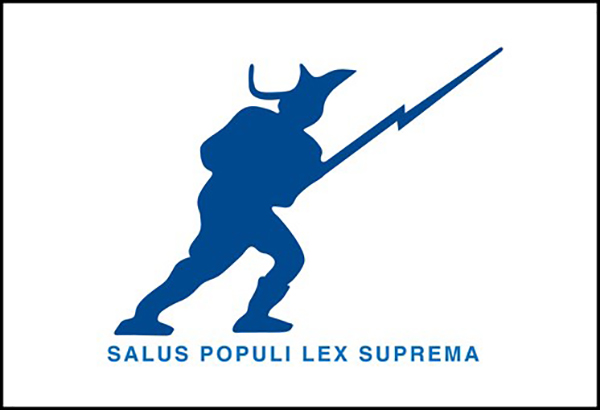
In the spring of 1812 about 80 Georgia landowners and American settlers in Florida crossed over to Amelia Island and read a proclamation forming the “Territory of East Florida.” To make it official they raised a flag complete with a Latin inscription which translates as “The safety of the people, the supreme law.” They may have been well-read and eager, but they didn’t have very good timing. President James Madison, not about to get into a war with Spain and England, did not support their claim. The flag came down.
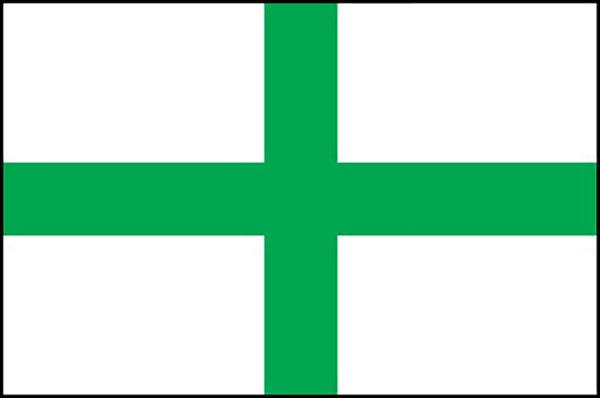
Then as now Amelia Island was popular with Americans. In 1817 another group ‘invaded’ and ran up this white flag with a green cross. That occupation lasted four months, but the Spanish did not salute. Again, the flag came down.
But American Manifest Destiny would not be denied for long.
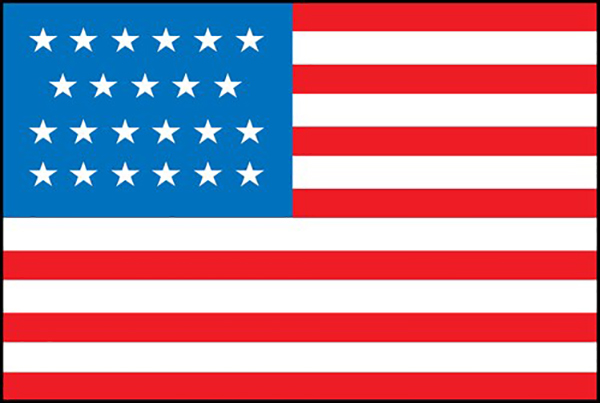
In 1821 the final national flag arrived, depending, of course...
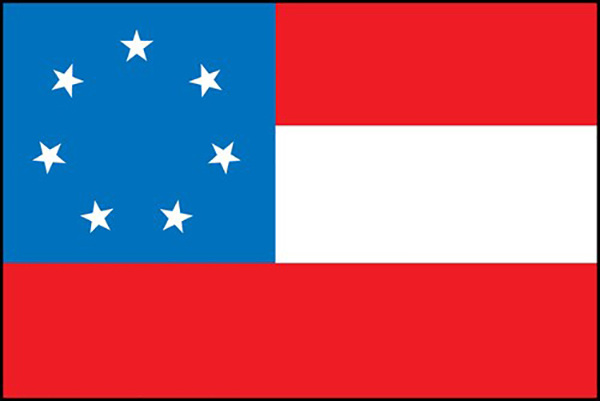
... on how you count the Confederacy.
As Archivist Ben DiBiase outlines in this episode of Florida Frontiers (https://myfloridahistory.org/frontiers/radio/program/389) the coming of statehood in 1845 began a whole new sequence of stories about what flag should wave over Florida.
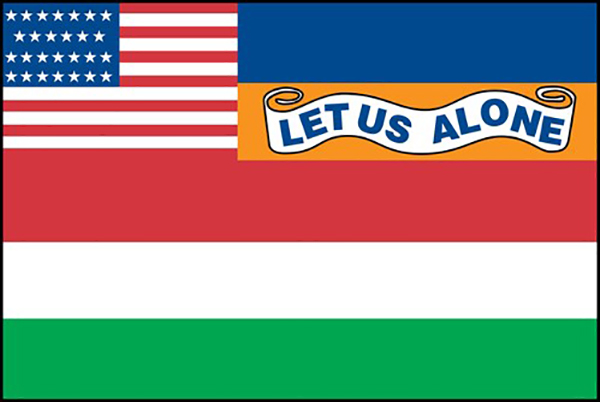
The debate began with this proposal, apparently designed by a committee to include something for almost everyone. It flew at the inauguration of Florida’s first governor but was never officially adopted and no original exists.
To see how the state flag evolved, visit:
https://dos.myflorida.com/florida-facts/florida-state-symbols/state-flag/floridas-historic-flags/







